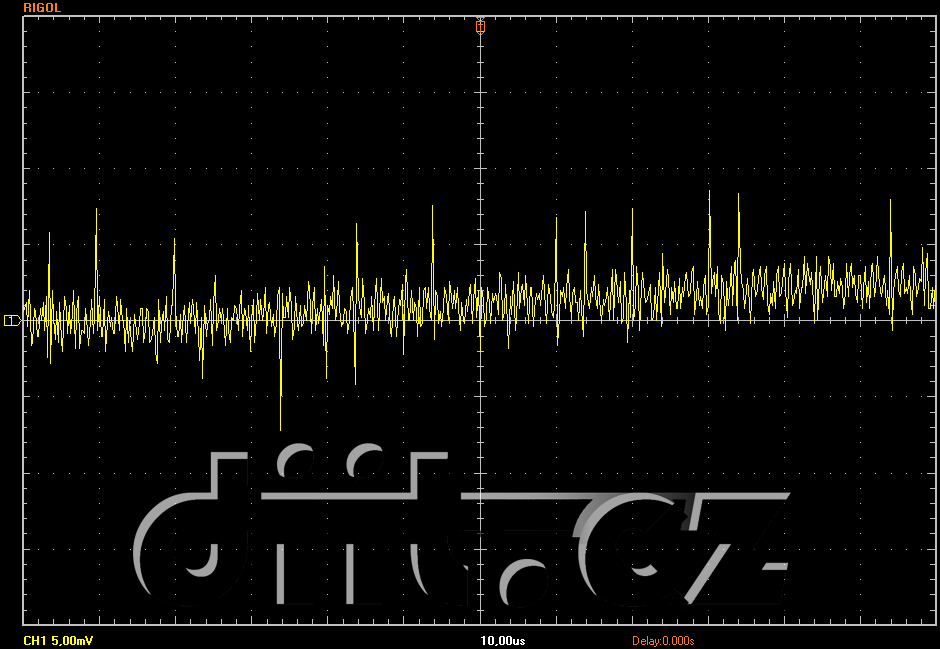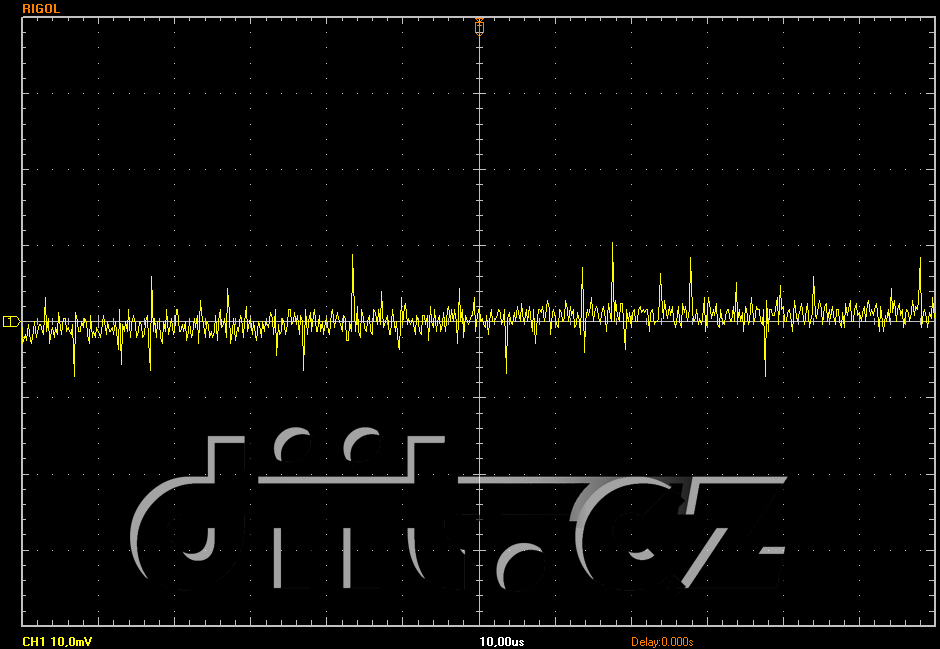Re: Power supply build quality pictorial. part 2
Nothing like that. There is very mild wave-like ripple, but overall ripple is very good, as I stated. I would personally rather see 220+ uF just because of capability to withstand micro dropouts in the power network, but that's all. The talk in CM6805 datasheet seems to be legit as the PSUs results in both votlage control and ripple are very good for its price. You have to accept the fact technology is going further. I have been suspicious as well, but I checked and it works
80 % load, +12 V

100 % load, +12 V

Nothing like that. There is very mild wave-like ripple, but overall ripple is very good, as I stated. I would personally rather see 220+ uF just because of capability to withstand micro dropouts in the power network, but that's all. The talk in CM6805 datasheet seems to be legit as the PSUs results in both votlage control and ripple are very good for its price. You have to accept the fact technology is going further. I have been suspicious as well, but I checked and it works
80 % load, +12 V
100 % load, +12 V
 Half of the computer problems is caused by bad contacts
Half of the computer problems is caused by bad contacts 


Comment